Book Your Appointment
- Visit our website and click on “BOOK HOUSE-CALL Appointment.”
- Choose your desired service based on your location.
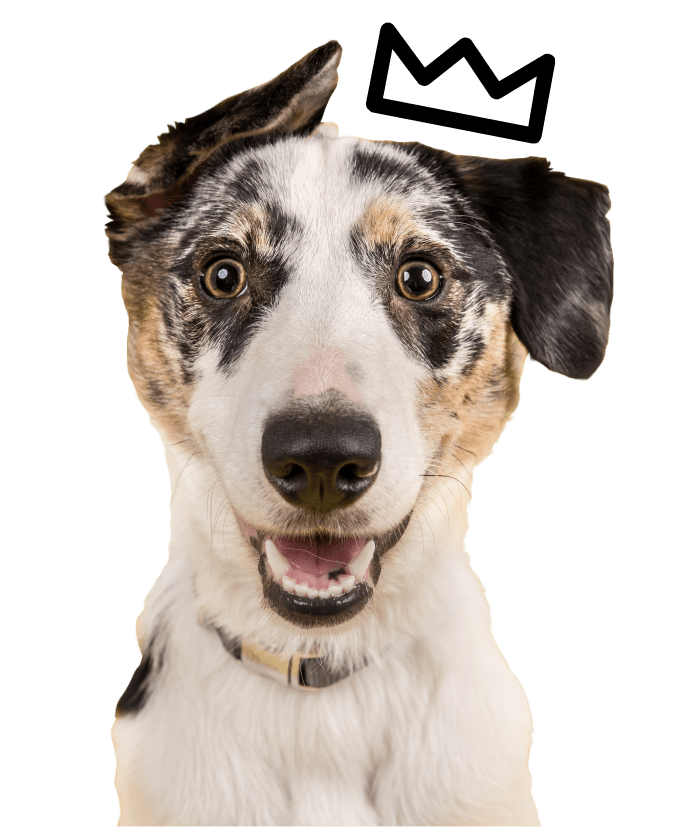
Smile4Pet provides professional anesthesia-free teeth cleaning under the supervision of licensed veterinarians in our third-party locations and house-call service when our dental technician comes to your house/apartment.
We clean teeth for dogs and cats of all breeds and sizes without anesthesia, sedatives, or restraining equipment of any mind in Connecticut, New York, and Massachusetts.
Smile4Pet offers a safe, affordable alternative to standard anesthetic-based cleanings
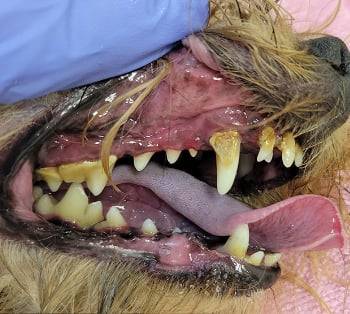
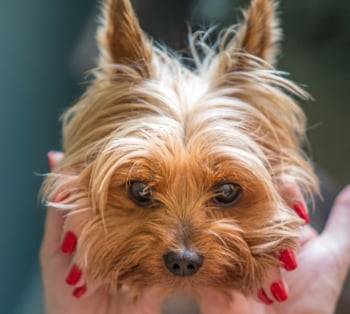
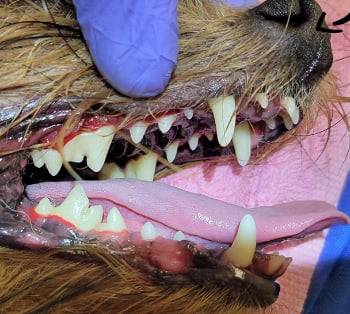
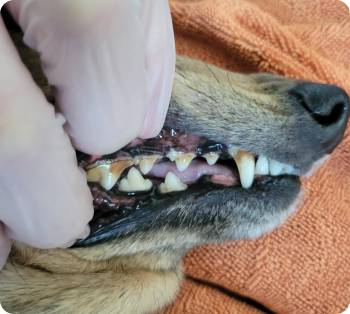
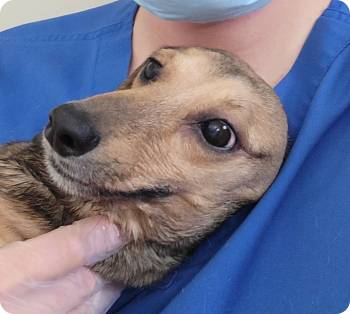
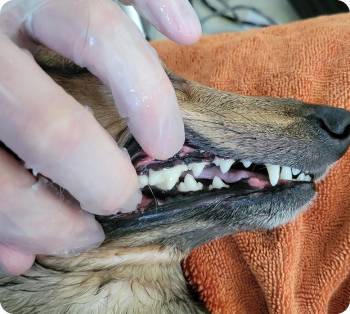
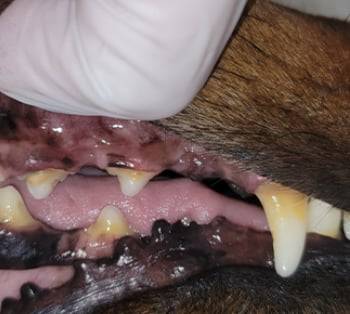

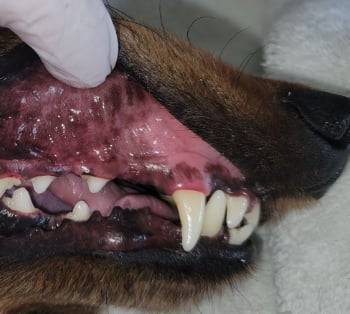
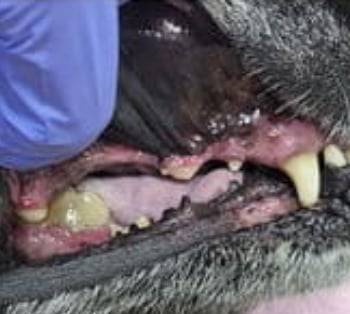
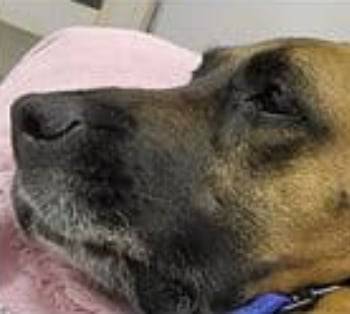
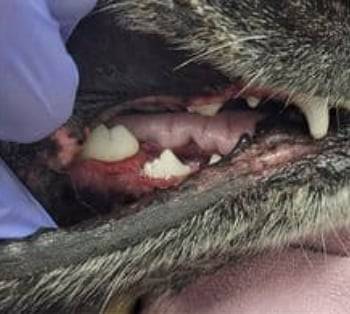
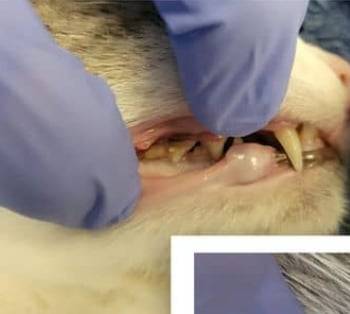

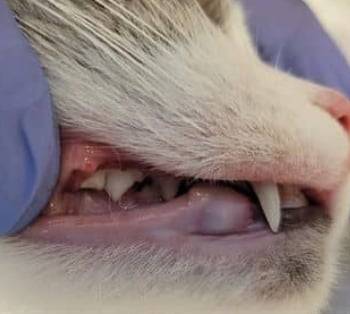






Anesthesia Free Pet Dental Cleaning
Oral health Consultation
Anesthesia Free Pet Dental Cleaning
Professional Teeth Polishing
Oral health Consultation
thermometry
palpation of internal organs
examination of skin
mucous membranes
– NO CHARGE for coming; You pay only if teeth cleaning is done; Not all pets are good candidates
– Price is listed per one dog or pet one cat
– Appointments only
– You might pay with cash, Zelle, bank check, Paypal credit/debit card, ApplePay/SamsungPay; NO Venmo
– State sales tax might be applied (CT – 6.35%; NY – 4%; MA -6.25%)
– Prices in NY and MA states differ from the one in Connecticut state; The price that is listed above is for the Connecticut state
– Additional Pricing for Manhattan Customers Below 60th Street: Customers residing between 1st and 60th Streets in Manhattan, NYC, may be subject to additional charges once the Metropolitan Transportation Authority (MTA) initiates its new city TOLL (congestion pricing plan) program. This includes an extra toll fee for house call appointments within this area. Please note, these changes are dependent on the MTA’s future decisions and will be communicated in advance
– Physical (Physical exam); if the service is provided in a veterinarian’s office, it is required to review the condition of overall pet & oral pet health to determine if your pet is fit for non-anesthetic teeth cleaning service; Veterinarian Physical Exam fee is non-refundable; Each Vet office has its’ own regulations & policies on fees and charges
Book Your Appointment
Select Date and Time
Booking Confirmation
Pre-Appointment Preparation
Setting Up for the Appointment
Assessing Suitability
Payment Policy
During the Service
Post-Service Care
We will provide a pre-dental veterinary exam to determine whether the pet is a good candidate for teeth cleaning without anesthetics. Eligible patients include:
Dental disease is more than just a cosmetic issue — when your canine companion or feline friend has red gums, yellow teeth, and stinky breath, it could be a sign of severe oral disease that could, if left untreated, lead to devastating effects on your pet’s quality of life. Neglecting your pet’s teeth and gums can cause chronic pain issues that may even be at the center of some behavioral problems. The American Veterinary Medical Association (AVMA) reports that 80 percent of dogs and 70 percent of cats have some oral disease by 3. There are nine reasons why the care of your animal’s teeth is so crucial:
Did you know that dogs have 42 teeth and cats have 30 teeth? Before their adult teeth grow in, though, their baby teeth have to fall out. Sometimes, not all of the baby teeth want to come out, leading to problems like gum irritation and tartar buildup.
Regular at-home dental care can help improve the health of your pet’s mouth and lengthen the intervals between professional Smile4Pet cleanings.
The buildup of Plaque can cause it, so it’s essential to have regular dental checkups and cleanings with anesthesia or without.
Periodontal disease is a progressive disease of the supporting tissues surrounding teeth and the primary cause of early tooth loss. Periodontal disease starts when bacteria combine with food particles to form plaque on the teeth.
Within days, minerals in the saliva bond with the Plaque to form Tartar, a hard substance that adheres to the teeth. The bacteria work their way under the gums and cause gingivitis — inflammation of the gums. Once under the gums, bacteria destroy the supporting tissue around the tooth, leading to tooth loss. This condition is known as periodontitis. Learn more about STAGES OF PERIODONTAL DISEASES
This is another reason it’s crucial to take your pet in for regular dental checkups.
Your pets are tough on their teeth. Learn the symptoms to keep your pet from experiencing the pain of severely worn teeth.
Here are the most common symptoms:
The activity of pathogenic microflora causes putrefactive decay of tissues and provokes inflammatory reactions, which causes an unpleasant smell. Teeth cleaning helps neutralize oral microflora and get rid of the unpleasant aroma.
It shows itself in the form of swollen, reddened, and achy gums. All of this is a consequence of the activity of pathogenic microorganisms that multiply intensively in the oral cavity. The formation of plaque results from the movement of bacteria processing food leftover in the oral cavity. Bacteria use the remnants of food, simultaneously forming Plaque. The food falls between the gum line and the tooth’s root; an inflammatory reaction will occur. This can cause a severe toothache, and in some cases, “harmless” gingivitis can degrade the bone tissue of dental alveoli and even cause inflammation of the jaw bone.
Plaque accumulates on the teeth, mineralizing and hardening and becoming Tartar. Tartar is very damaging to a dog’s oral and overall health of your pet.
Flux is one of the most visible and typical signs of problems with teeth and gums. If the infection is severe, the gum and surrounding tissues visibly inflame. Sometimes it is a slight swelling, and sometimes the dog’s muzzle looks exceptionally swollen. With such severe symptoms, teeth cleaning and removing a plague would not be enough to treat the issue at hand.
A swollen or infected gum line may cause a lack of appetite.
Pathogenic microflora can get into the sinus cavity when there are constant sources of infection in the mouth in Tartar, Plaque, inflamed gums, etc. These might cause rhinitis and frequent sneezing.
Our office is located in Cromwell, CT; from were we travel to our patience
We’re planning to re-open our vet locations by the end of 2022
We recommend to schedule pet oral hygiene twice times a year. In some cases, if the dog’s (or cats) teeth are not given enough attention, the procedure should be performed more often – once per four months. If you will be following our recommendations and brush pet’s teeth every day – you would need us more then once in 9 months.
In come cases the recommended due is 6 or 12 months
The procedure consists of several step steps:
Keeping your pet’s teeth clean is not just our job or a veterinarian’s; it’s also the owner’s duty to take good oral care.
That is why we show a simple and effective technique that will help you brush your pet’s teeth without any discomfort to you or your lovely puppy.
We do not use towels, leashes, straitjackets, sedatives, painkillers, or anesthesia in our service. All we need to succeed in non-anesthetic teeth cleaning are a great experience, professional equipment, and great love of pets.
Not all pets are good candidates for Anesthesia-free teeth cleaning due to three main reasons:
The first one – is a behavior issue (the pet is highly aggressive or very stressed out)
The second and main one is the medical conditions of the gums. Suppose they are very puffy or irritated, or sometimes even bleeding. All of these are sights of persistent periodontal disease.
In that case, skipping hygiene and getting the complete veterinarian treatment under anesthesia is better. Our service would help immensely, but it wouldn’t cure your pet.
The third one is the need for extractions:
For example: sometimes, your pet needs to have one or more teeth extracted. An extraction is a procedure that should only be performed under general anesthesia.
Although the list of contraindications seems impressive, our 6-year experience shows that hygiene can be done in 93% of dogs and 75% of cats.
We do not charge for our services if your animal is not a good candidate for the procedure.
Not. Anesthesia-free teeth cleaning is not painful at all. Some breeds are more sensitive; some are less. Ultrasonic cleaning may not be comfortable due to the high frequency of the equipment, especially for young patients. If ultrasonic is not an option, which might be the case – we do hand scaling. It might be longer, but the result will be sparkling white like with the usage of cavatron (ultrasonic scaler).
the time for the second and subsequent procedures is slightly shorter
